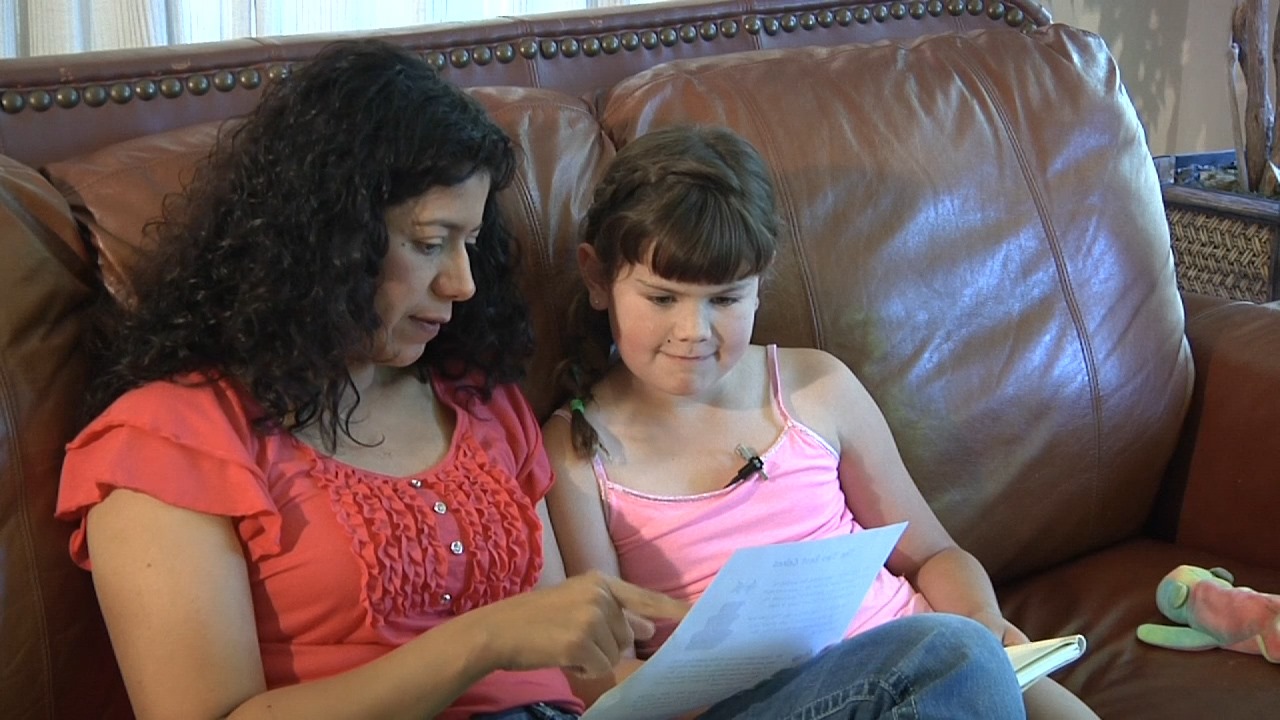Governor Steve Sisolak announced a directive this week that allows school districts, along with charter and private schools, to reopen for summer school immediately, with specific restrictions. Under the guidance, districts will decide for themselves how to reopen their facilities. With the pandemic still underway, it remains unclear how big a role distance learning will play in the summer and fall.
KUNR’s Bree Zender spoke with reporter Natalie Van Hoozer to explore what Washoe County School District educators have learned about remote learning so far.
Bree Zender: Can you paint us a picture of what distance learning has looked like for local educators?
Natalie Van Hoozer: Well, to figure that out, I spoke to teachers, school faculty, and staff throughout the district. The situation is different by school, but many low-income families don’t have technology, like a computer at home, that students can use for their schoolwork or to communicate with their teachers.
Getting students to complete their work has been time intensive for teachers and requires them calling students and parents one-by-one, walking them through printed assignment packets. Some schools also have higher numbers of students who come from non-English-speaking families, so some of those schools have a small staff of interpreters who are responsible for communicating with students and their parents.
Zender: What are some of the lessons educators are taking away after months of distance learning?
Van Hoozer: Amy Wright, the principal at Echo Loder Elementary said that the faculty there have been cautious to not overwhelm families.
“Most of our kids have two, three siblings, who are also getting a phone call each week or every day or three times a week, and it’s a lot,” Wright said. “So we’ve tried to really be cautious and find out how much parents want from us in order to make that work for each family on an individual basis.”
This last semester teachers weren’t so focused on having their students complete all assigned activities, instead they worked with students on the subjects where they needed the most help. In addition to making calls about coursework, these teachers also focused on checking on students’ wellbeing and if they have essentials, like enough to eat.
Zender: Has distance learning come with any unexpected benefits?
Van Hoozer: The instructors I spoke to said that distance learning really puts an additional responsibility on the students themselves, which is not easy, but they’ve been surprised at how even elementary schoolers have gotten their work done.
Here’s what Mary Morton, a fourth grade teacher at Echo Loder Elementary, says about her students:
“I know several of the students that I call during the day, their parents are both at work or sometimes they’re helping supervise other siblings. It makes me admire them all the more though, that they are getting as much academic work done as they’re able to without anyone standing over their shoulder. The work that they are getting done, it’s out of their own work ethic.”
At Wooster High School, the English learner staff said that some students have had to move to countries like Mexico and Colombia during the pandemic, but still managed to complete their classes online.
Zender: What does the summer break look like?
Van Hoozer: The school district will be distributing book bags to students in kindergarten through 8th grade, with materials like physical books, journals and cooking supplies. Students will also have access to digital libraries through the Washoe County and Nevada State Libraries. High schoolers who need to do credit recovery will be doing online summer classes.
The new directive from Governor Sisolak opens the door for some possible in-person summer learning. However, schools are not required to open for in-person summer instruction. While it’s not clear yet exactly how things will unfold in Washoe County, the district says summer school will happen in the distance learning format.
Zender: How about summer learning loss, after a challenging semester. Is that a concern?
Van Hoozer: Research from organizations like the Northwest Evaluation Association says that prior studies of summer learning loss are a good starting point when looking at the impacts of COVID-19 and school closures. Preliminary forecasts suggest that with COVID-19, many students will return to their classes in the fall more behind academically than normal. Students across the country may have only made seventy percent of the gains that they normally would have in reading in a typical school year and less than fifty percent of the normal gains in math.
This research also points out that the pandemic has caused additional trauma and a lack of stability for students, like a need for technology and basic necessities like food, and these things could exacerbate traditional learning losses.
Zender: What about next semester? What can educators, students and their families expect?
Van Hoozer: The district is hoping to have a plan announced about next semester’s learning format in early to mid July. Right now there is a survey out for school staff, students and their families, which closes June 26. The district wants to incorporate the responses to the survey into the decision-making process.
This story was produced in partnership with KUNR Public Radio.
